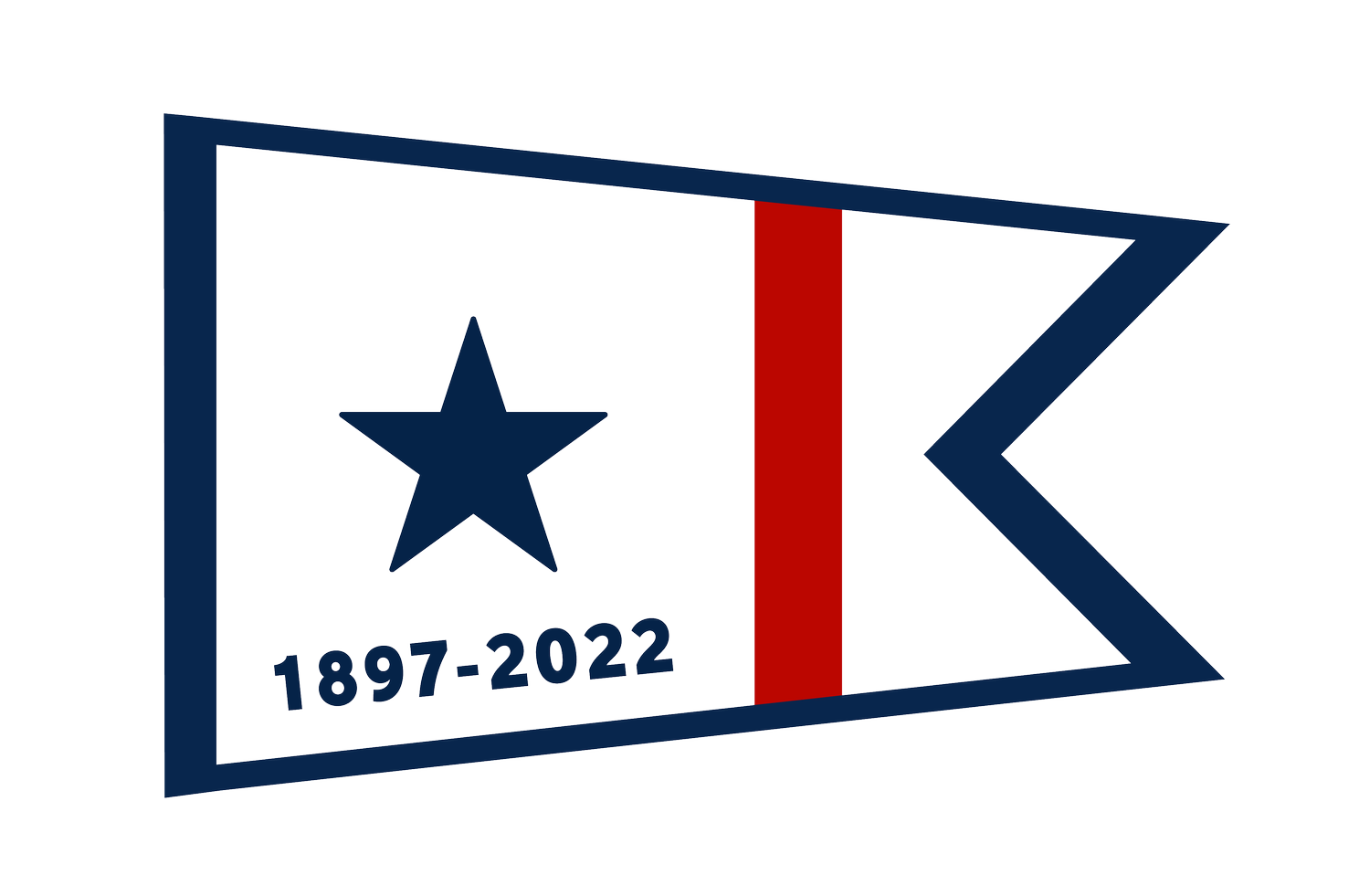
125 years ago, explorer and amateur scientist Hugh De Laussat Willoughby became the first non-Native American to cross the Florida Everglades.
Hugh De Laussat Willoughby
In 1897, Hugh De Laussat Willoughby and Ed Brewer became the first two Caucasians to cross the Everglades from the Gulf of Mexico to the Atlantic coast. Willoughby closely mapped, charted, and described what they encountered, information that would aid the Naval War College in creating accurate maps of the Everglades and Upper Florida Keys region. As an amateur scientist, he collected plant and animal species and took water samples that were later analyzed at his alma mater, the University of Pennsylvania. Willoughby’s foresight, use of the scientific method, and keen observations form the basis of our historical understanding of the Everglades. His vivid and well-written journal, Across the Everglades, continues to be a must-read for all Everglades scholars over a century later.
Willoughby’s thorough planning, measuring, documenting, sampling, and publication of his Everglades expedition were remarkable for a gentleman explorer of his era, providing us the opportunity to compare and contrast his findings with the modern condition of the Everglades.
At the time of Willoughby’s expedition, very little was known about the Florida Everglades; it was a vast, largely unexplored, and unmapped expanse of extremely inhospitable terrain, known only to the Seminole people and their Calusa predecessors. As Willoughby famously wrote: “It may seem strange, in our days of Arctic and African exploration, for the general public to learn that in our very midst . . . in one of our Atlantic coast states, we have a tract of land one hundred and thirty miles long and seventy miles wide that is as much unknown to the white man as the heart of Africa.”
Willoughby led an interesting life. He attended the University of Pennsylvania, where he was an athlete in track & field and rowing and was supposedly the first athlete to earn a letter for sports. He was a Lieutenant in the Rhode Island Reserves, an early aviator (Orville Wright signed Willoughby’s pilot’s license), he built his own airplanes, created a factory to build early seaplanes, dove on submarines, raced automobiles at the earliest Daytona beach races, set a speed record driving from Philadelphia to Newport, raced yachts, was a member of the New York Yacht Club, and was a member of the famed Explorers Club.

